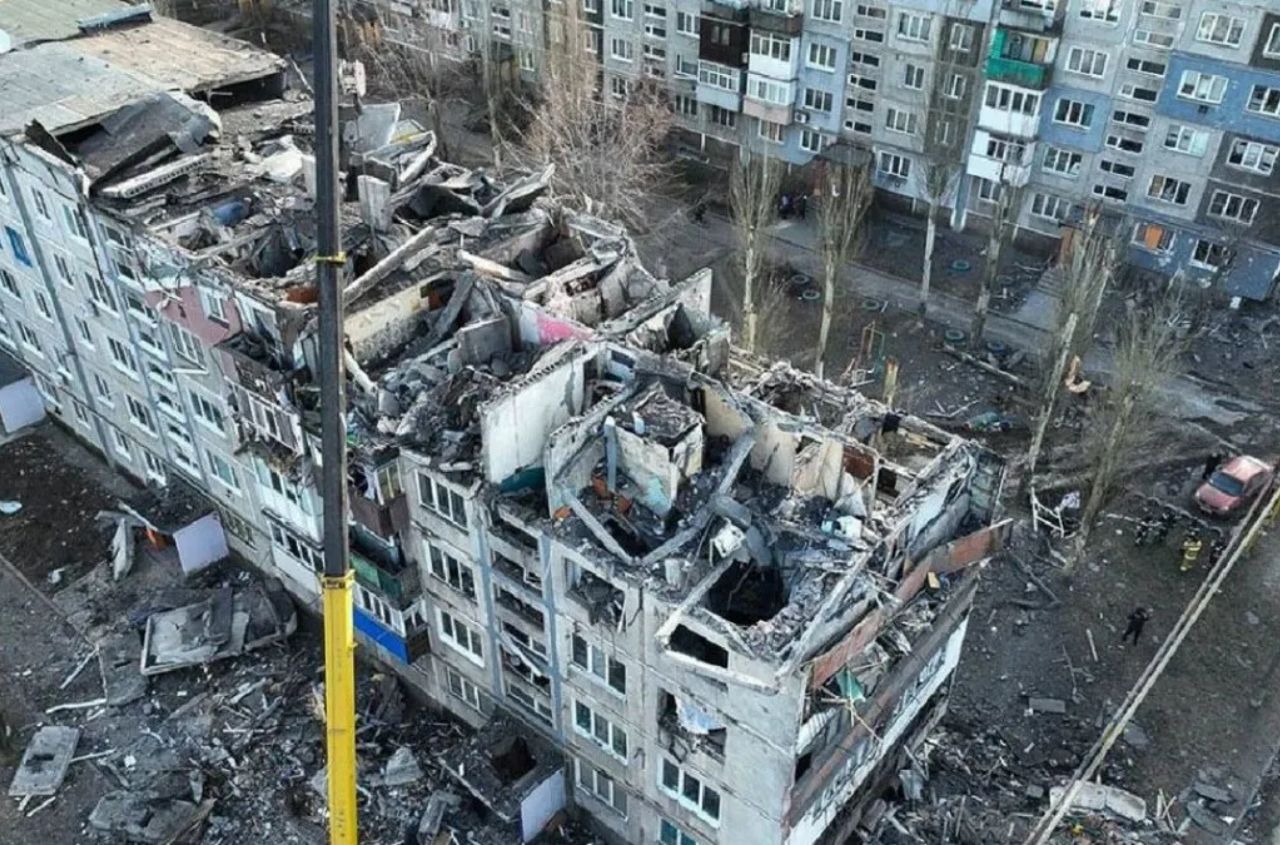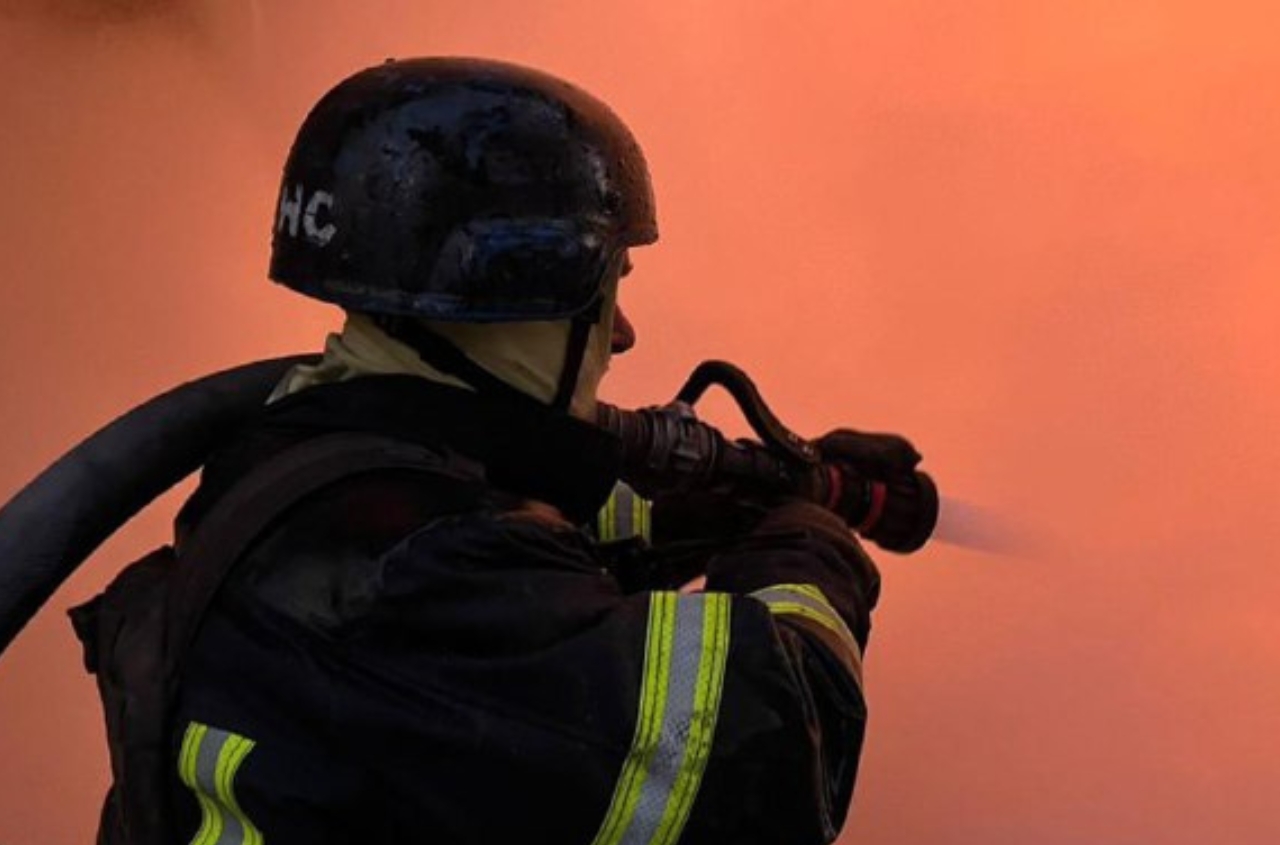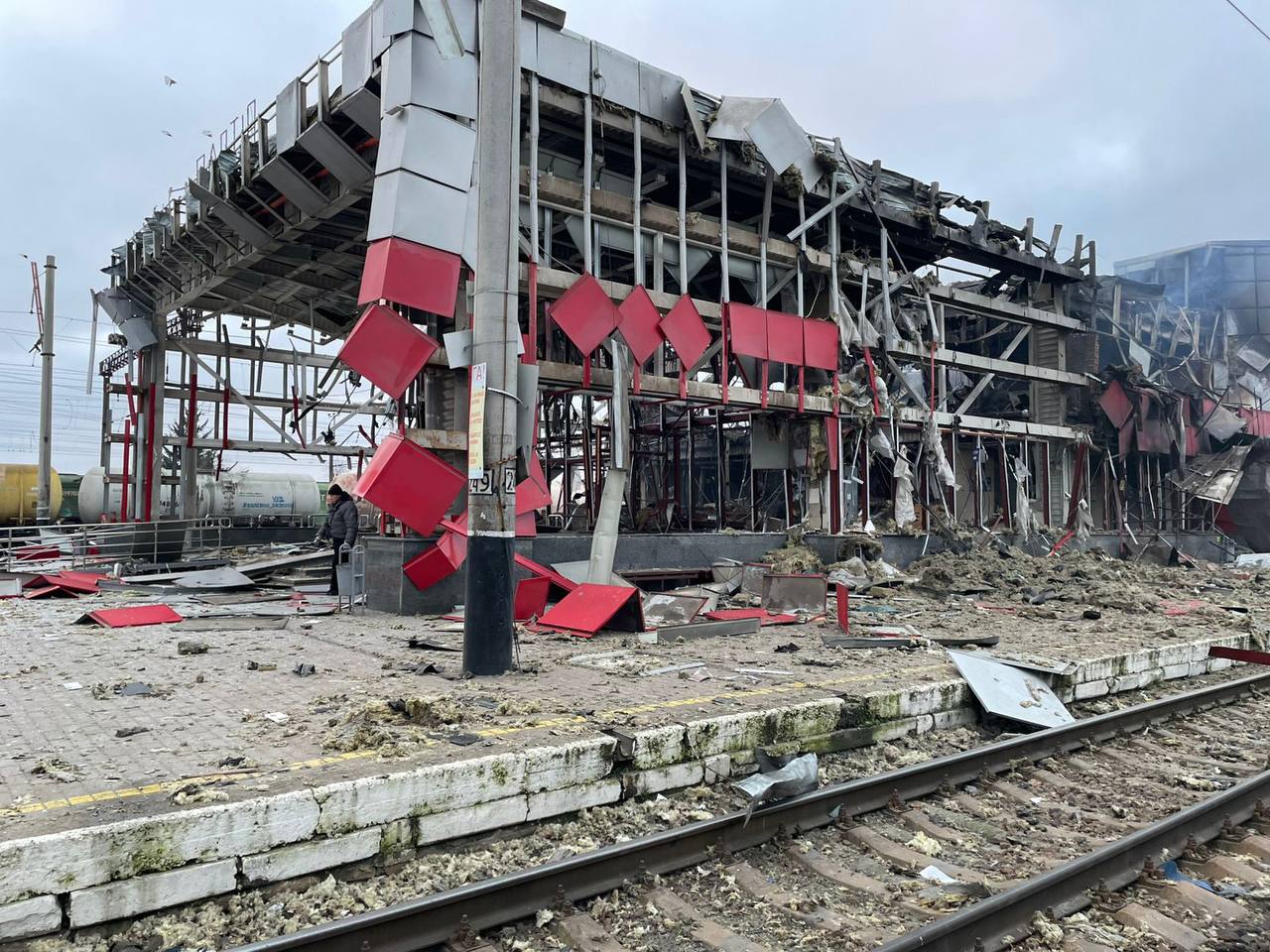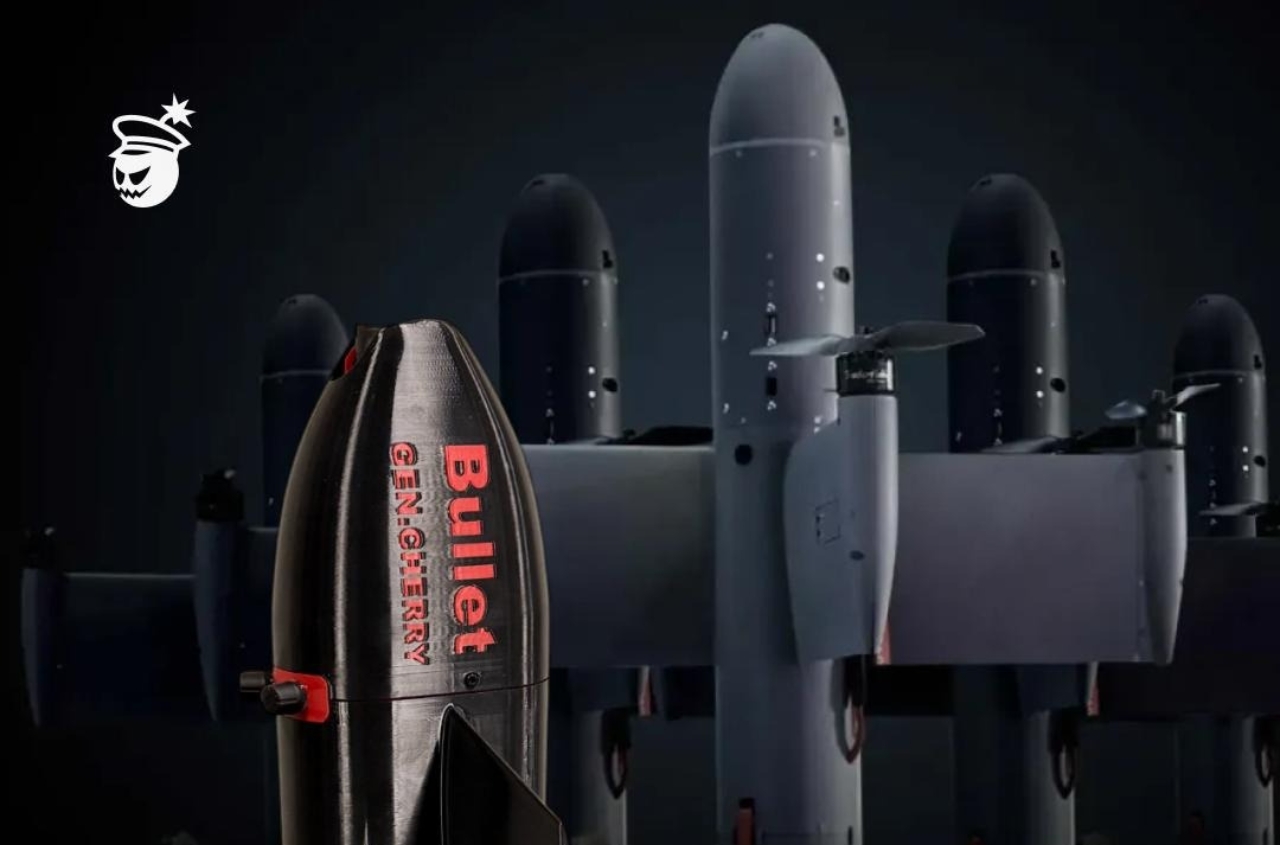Based on General Syrskyi’s OPEN statement, his solution to the “Pokrovsk problem” is to eliminate the north‑eastern “pincer” (roughly speaking — to push the Russian 51st OVA back BEYOND the Kazenyi Torets River, at least along the Sukhetske–Razino and Sukhetske–Fedorivka directions)…
At the same time, it is planned to SIMULTANEOUSLY hold the northern part of Pokrovsk and, if possible, drive the Russian troopsy out of the so‑called “industrial zone” (the area of the 9th Fire‑Rescue Unit, Nakhimova Street, etc.). In principle, quite logical… But, as always… there are nuances.
Nuance one.
In the Razino area the Russian forces has ALREADY had time to establish a strong defensive zone. They continue to “dig in” there… That means the Russian 51st OVA is obviously in no hurry to “give up” its bridgehead on the Kazenyi Torets.
Nuance two.
Along the axes toward Krasnyi Lyman and Uyut (formerly Suvorove) the Russian forces are moving reinforcements almost continuously (toward the Krasnolymanska mine and inside Krasnyi Lyman there are constant reports of movements of small and not‑so‑small Russian infantry groups). This clearly indicates an intention to break through toward Hrishyno and the northeastern outskirts of Myrnohrad.
Nuance three.
The fact that the 7th Corps of the Air Assault Forces (7th Corps, AAF) has mostly “cleared” the southern part of Rodynske (only a couple of small groups, hiding in basements — 2–3 people each — remain, mainly near the local stadium) does not at all mean the Russian 51st OVA will stop its attacks toward Hrishyno.
Clearly, the Russian command of the 51st OVA will make maximum efforts to hold the Zatyshok–Fedorivka–Razino–Krasnyi Lyman area. The size of that bridgehead is about 7.1 × 4.7 km. Units from at least four Russian brigades are recorded there (110th, 114th, 39th and the 1st separate motorized rifle brigade). How to drive them all out using only two Ukrainian brigades — perhaps only General Syrskyi himself knows…
Nuance four.
It is obvious that the Russian 2nd OVA command has shifted its main efforts from the left flank of its sector to the center and right flank (the sector of the 27th motorized rifle division), i.e., toward the city itself. Pokrovsk now represents a continuous “gray zone” with intermixed battle lines of both sides, which are reliably consolidated with their main forces only on the northern and southern outskirts of the city respectively. The Russians hold the areas of Leontovychi, Roza, Shakhtersky; the Ukrainian forces hold — Koshovyi Street, Tyulenina, Karmeliuka. Fighting continues for dominating heights and key points of the city (including multi‑story buildings and the central area).
But the fact that the Russian 2nd OVA will “lie down on bones” and will not give up the Pokrovsk “industrial zone” is obvious…
A few extra highly motivated and well‑trained groups of Special Operations Forces (SSO) and special‑purpose units of the Main Directorate of Intelligence of the Ministry of Defense (GUR MoD) will not fundamentally change the situation in this sense. They are not space marines in Terminator armor; like the fighters from the brigades of the 7th Corps AAF, they also need logistics and support. Moreover, the scope of combat tasks they can complete “in one go” is clearly limited.
And the final nuance…
Along the Rusyn Yar – Novopavlivka axis, attacks by Russian marines, supported by the Russian 8th OVA (just as along the Vladimirovka – Shakhovo axis), have not ceased… This means that the Ukrainian command’s ambition to completely eliminate the 51st OVA’s bridgehead on the Kazenyi Torets River—after almost fully clearing its Dobropillia salient—will, let’s say, be extremely difficult to achieve in practice.
To summarize…
At present, units of two brigades from the Ukrainian 7th Air Assault Corps are defending Myrnohrad quite successfully.
However, the situation in Pokrovsk (effectively behind their back and right flank) is extremely difficult. As a result, these brigades have only a very narrow “corridor” for logistics and maneuvering (including retreat). At the moment, the 7th Corps command cannot fix this situation on its own, and even “with help from senior commanders,” it is clearly beyond their capacity. The best they can do is to apply significant effort to prevent the situation from worsening further.
Therefore, from a tactical point of view, the further defense of Myrnohrad (or at least its southern part) under these conditions appears highly questionable. Reducing the area of flanked defensive positions in Myrnohrad would clearly make it possible, at least partially, to improve the situation by redeploying units from these two brigades to the flanking sectors in the Pokrovsk and Rodynske (Krasnyi Lyman) area.




















